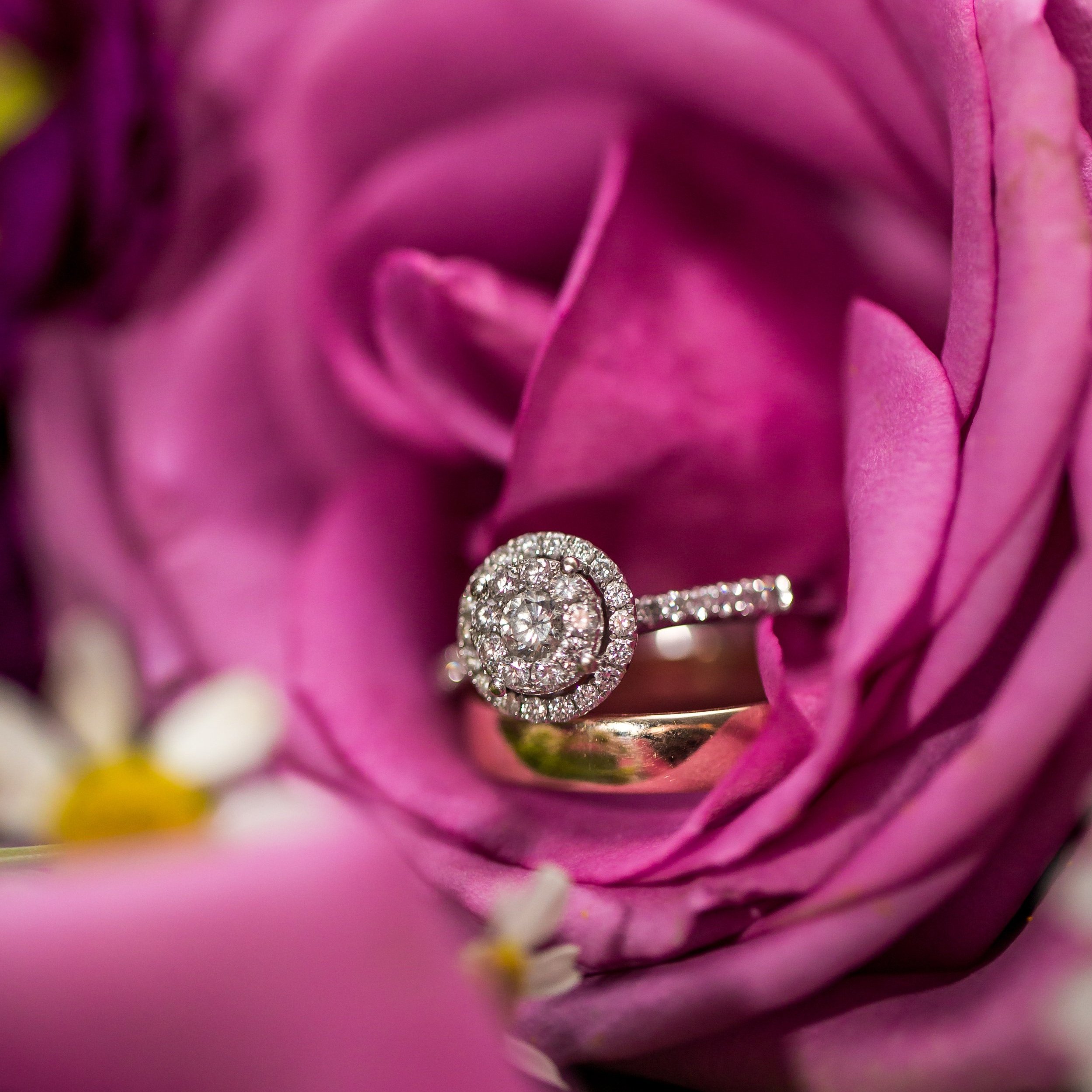Persian Weddings | Traditions, Customs & Trends
Ohio Persian Weddings Venue
We love all things weddings!! No matter what religion or non-religious event we have, they are all so very different and we love the diversity. One of the new things in the last year that we have been asked if we have done before is Persian weddings.
We are excited about the continuing opportunity to be a part of so many Persian Weddings. (and have several more booked for 2023)
We wanted to jump in and talk about some of the meaningful traditions and trends but first, what are the details of the religions behind Persian Weddings?
What are the religions behind Persian Weddings?
We found an article by The Knot and this is what they say:
"Muslim and Jewish religions are what we see most commonly observed at Persian weddings in the United States," explains Kazemburg. "Many Persian weddings are also performed secularly and focus more on the cultural traditions than religious aspects, especially with fusion weddings."
We know there are many cultural details in most religious weddings. but Persian weddings are one of the top cultural weddings that take the details and honor their religion by using some Persian Wedding traditions and customs in their day. As with all weddings, we encourage the couple to customize it to fit their wishes so that it reflects their personality and is memorable to all their guest.
Our Top 4 Favorite Traditions of Persian Weddings:
The Signing of Ketubah During Ceremony
Some of you are probably wondering what a “ketubah” is. It’s a contract that is binding the marriage of the husband and wife. It also is the commitment that the husband is giving to the wife. Most weddings have a marriage license when signing it, a portion of it gets sent back to the state to make it official. Usually, the couple along with the officiant are the only ones needed to make it official, some will have two witnesses sign it as well. The ketubah, the official contract is done during the ceremony as a tradition, along with the couple allowing important family members to sign it on the back to honor them.
The Burning of Incense & Saying I Do
Couples will burn incense to get rid of all the negative vibes they might feel are there before they make their big commitment and say I do. The bride in traditional weddings will have a flower girl or many who cover the aisle in flowers. As the girls are getting ready to walk in front of the bride, the incense is burned and walked around the bride before she walks in. The “I DO” part is also a special tradition in Persian culture. The consent of the groom is immediately asked and he will say yes right away. The bride is then asked, and is asked 3 times before she responds. The crowd usually gets involved and will yell out different reasons she should say yes before she does. It gets the crowd excited for the commitment that is being made and the “ketubah” being signed.
The Processional
When getting the couples lined up, we usually send the grandparents, parents, groom followed by bridal party, flower girls and ring bearers and then the bride! This is a little different with the Perisan Wedding processional.
On Brides.com, this is how they describe the processional.
A traditional Persian wedding procession includes the officiant, bridesmaids, groomsmen, siblings, parents, ring bearer, flower girls, bride, and groom. "Modern traditions have transformed the old-fashioned wedding aisle," notes Enayati. "It has become customary for the bridal party to dance rather than walk down the aisle."
After all of the bridesmaids and groomsmen dance down the aisle, the groom’s parents walk halfway down the aisle and await their son’s arrival. The groom then greets his parents who guide their son to the sofreh. Next, the bride’s parents walk halfway down the aisle, with the flower girls following. Just before the bride is about to walk down the aisle, all guests rise from their seats. When the bride reaches her parents in the middle of the aisle, she first turns to her mother who lifts the veil and hugs her. The bride then turns to her father for an embrace, and he then pulls her veil back down.
It is at this time the groom meets the bride and her parents in the center of the aisle. The groom pays his respects to the bride’s parents by hugging and kissing them, and the father of the bride proceeds to place the bride's hand into the groom’s hand—this symbolizes the father giving away his daughter. The bride’s parents leave the center of the aisle where the bride and groom have their last few moments together before walking to the sofreh.
The Sugar Rubbing Tradition
The sugar-rubbing tradition is my favorite thing to see. During this custom, the two most important women in the bride’s life will hold a unity cloth over the seated couple’s heads. They take turns rubbing sugar cones over the couple to represent the sweetness in the couple’s relationship and the wishing for much success in marriage. Sometimes bridesmaids will take turns holding the unity cloth as well as rubbing sugar. Others who are important women in the couple’s life will also come up and take part of it.
There are many more traditions like the Sofreh Aghd which is a Persian wedding table where the couple will be seated near. It is full of many different elements that each carry rich symbolism to the couple and the culture. We love seeing the twist couples bring to even such a formal event making it their own.
If you are looking for a space to hold your Persian Wedding in Central Ohio, The Postmark would be honored to be a part of it. We have done multiple and are familiar with most of the customs and would love to be a part of your special day.



